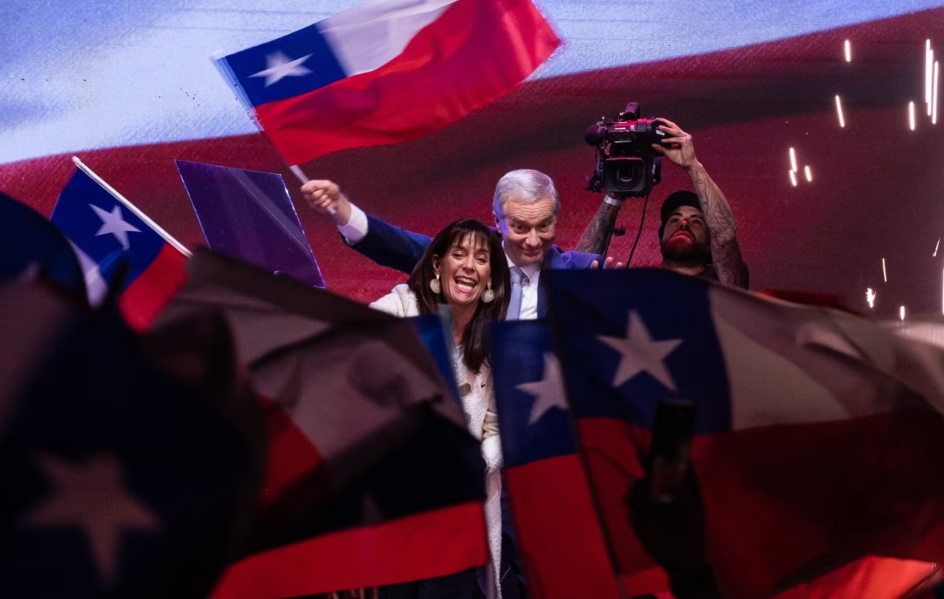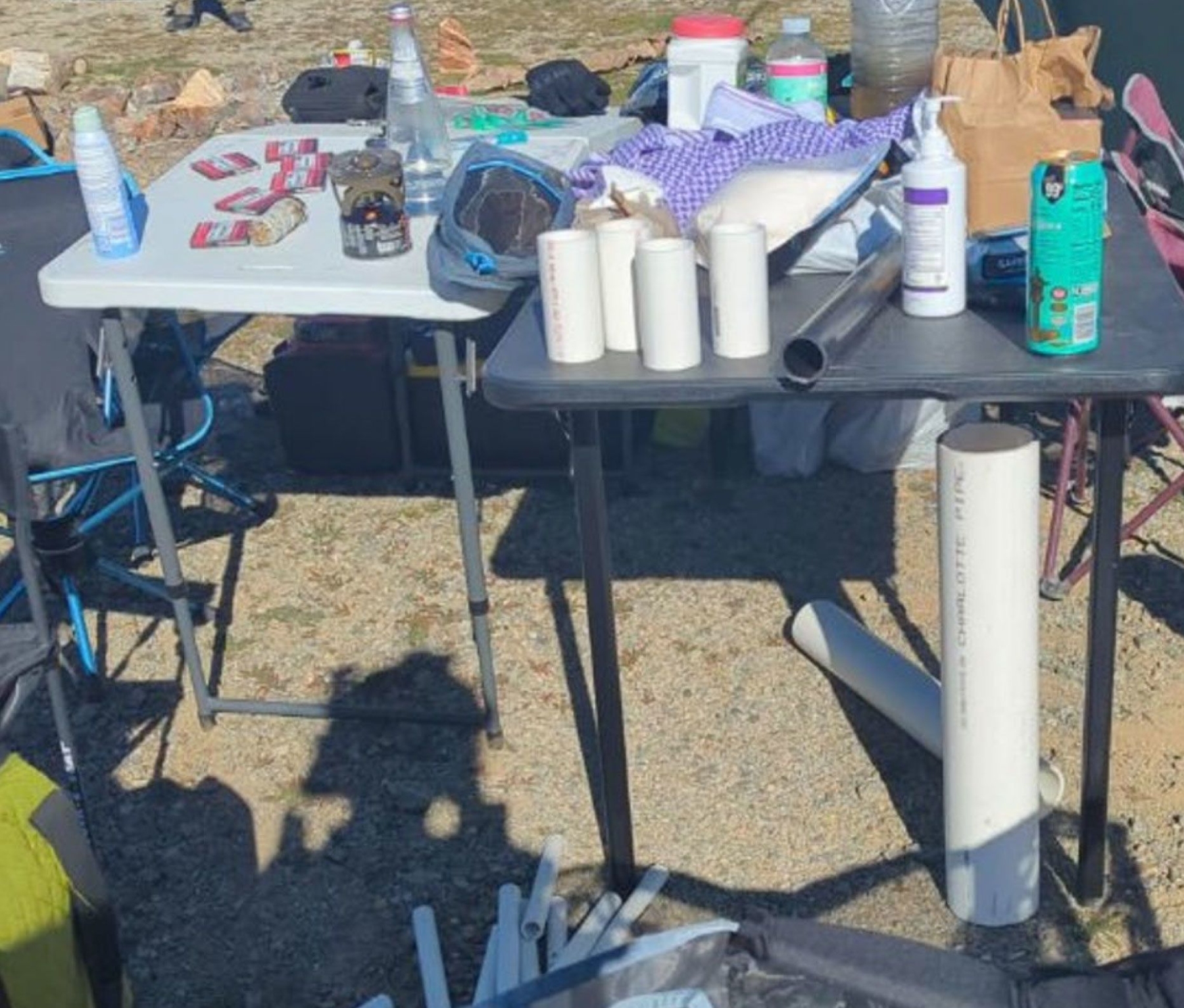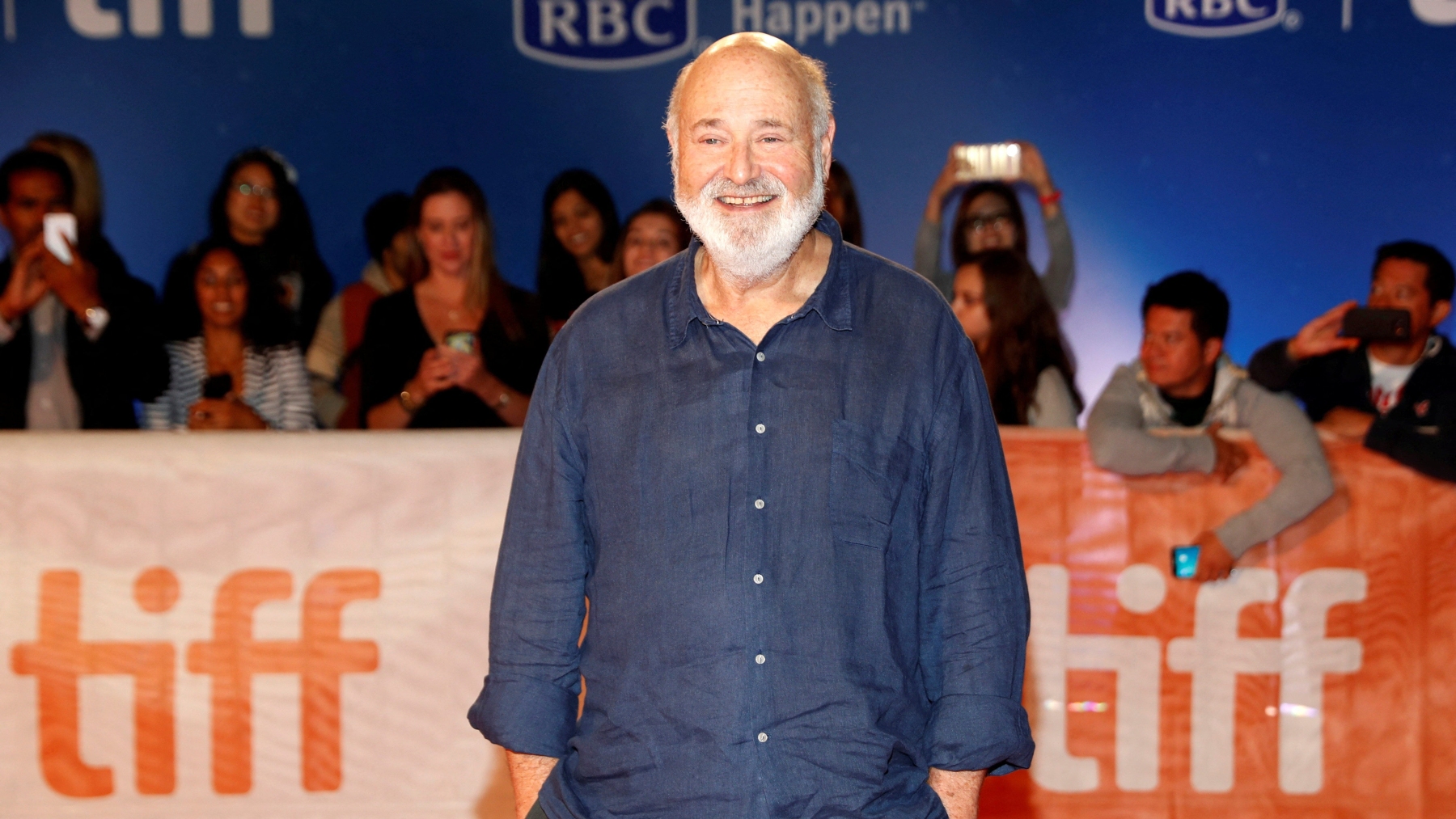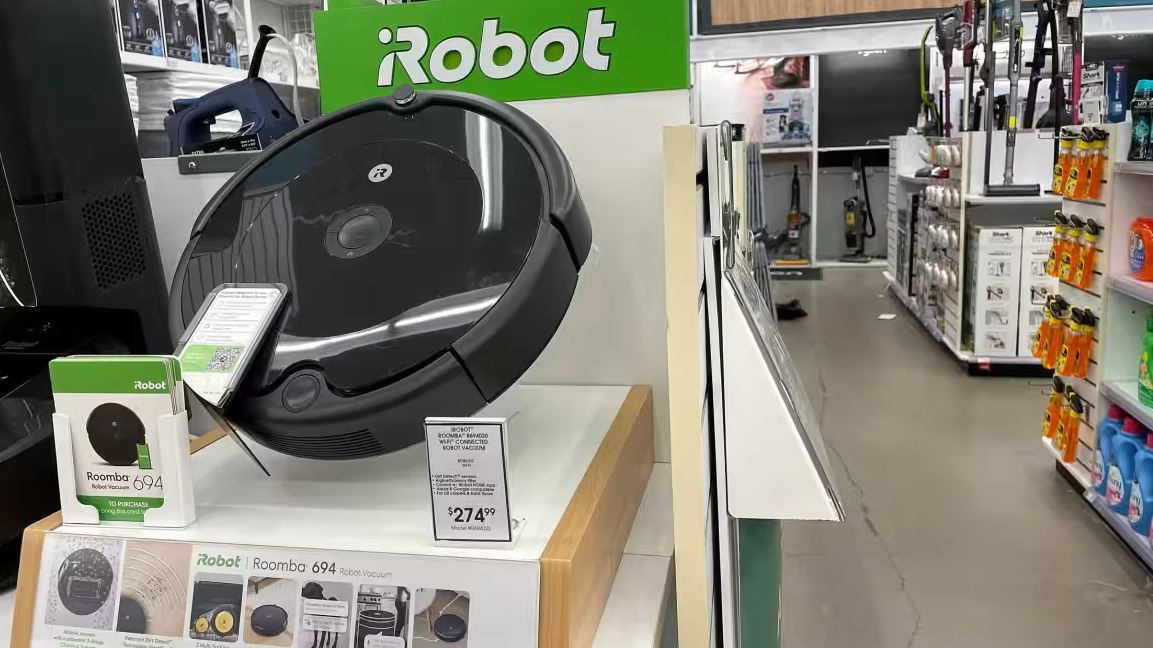
This article is more than
6 year oldTrue story behind notorious IS video
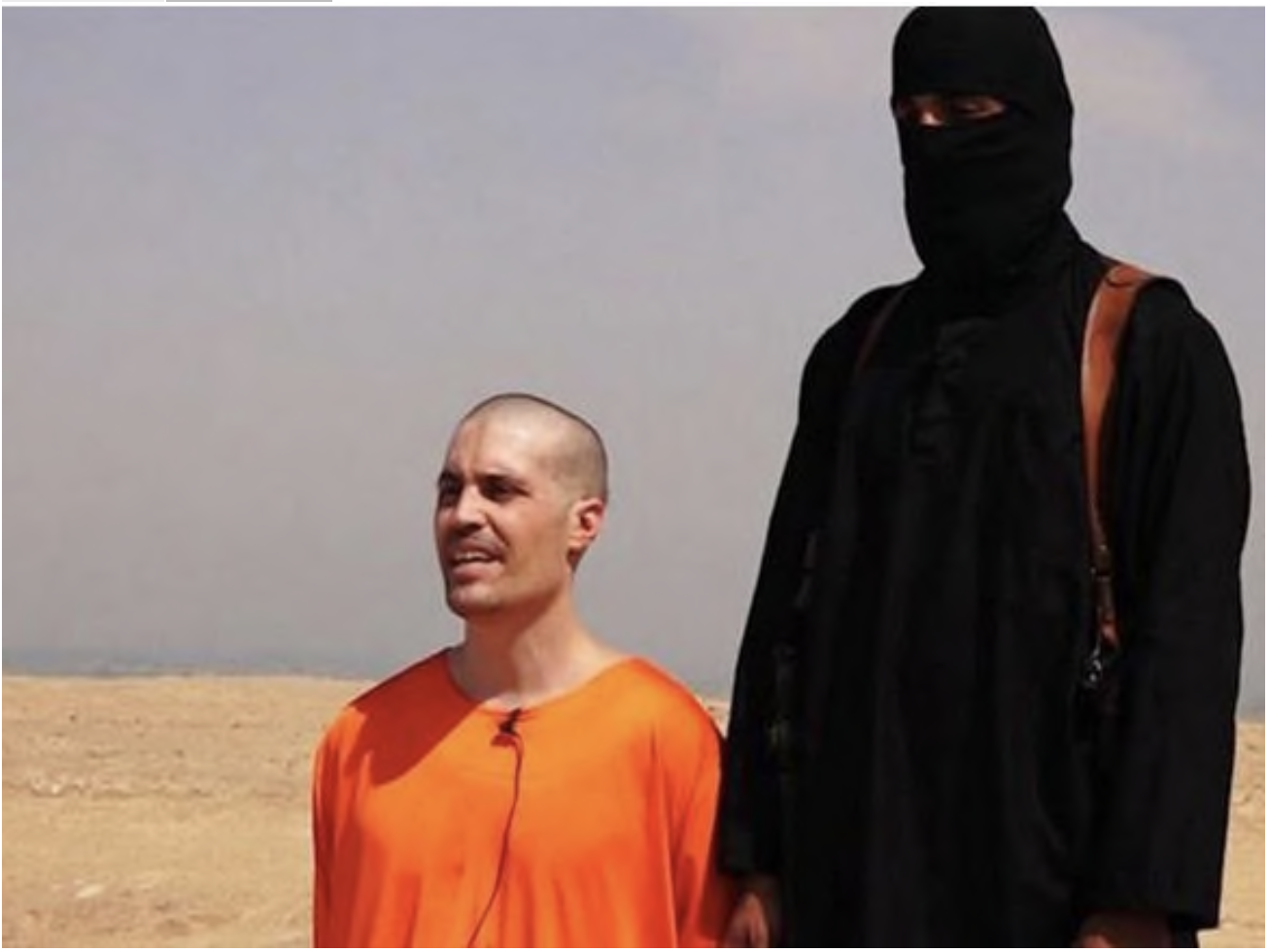
It was August 2014 when Diane Foley received the terrifying phone call that would change her life forever.
Her son, Jim, had been missing since November 2012 and was being held captive by a new and brutal terrorist group in Syria, the Islamic State. Sporadic communication from the kidnappers had gone quiet.
“I was totally unaware of it until an AP reporter called me sobbing,” she said. “I couldn’t even understand what she was crying about, and she told me to look on Twitter. So that’s when I saw the image and I knew it was Jim, and that’s how I found out.”
“I didn’t know if it was authentic and so I reached out to our FBI agent. But I really didn’t hear back from anybody. I didn’t know if it was true until the President announced it that evening on TV. So … you know it was awful. It was really very difficult.”
The shocking revelations are made in a new documentary, The Hunt for Jihadi John, which tracks the rise and demise of Mohammed Emwazi — one of the most brutal terrorists the world has ever seen.
Written and produced by BAFTA-award winning Australian journalist, Richard Kerbaj (My Son the Jihadi, Hunting the KGB Killers), the compelling film weaves together previously untold stories of hostages, their family members and counter-terror experts from the US and UK to tell the definitive story of IS and its most notorious killer.



Former Metropolitan Police Head of counter-terrorism Command, Richard Walton, reveals how within hours of watching the brutal video, security agencies knew from the accent, height and size of the killer’s hands exactly who it was: Mohammed Emwazi — a man they had once tried to recruit.
Through archive footage and insightful interviews, the documentary tracks Emwazi’s life, from being a loner child teased for bad breath who loved S Club 7, to his metamorphosis into Jihadi John and eventual death by drone strike.
His story is set against the bigger picture of IS formation in the sands of Camp Bucca — a detention facility in Iraq described as a “terrorist training university” by former US head of Central Command, General David Petraeus. It reveals how Emwazi rose through the ranks and undertook a mass hostage campaign along with other English jihadis who came to be known as “The Beatles”.

The film contains powerful interviews with fellow hostages, French journalist Nicholas Henin and Italian aid worker Federico Motka. Bethany Haines, the daughter of murdered aid worker David Haines, also spoke out about the events surrounding her father’s death.
Mr Motka and Mr Henin provide shocking insights into what the hostages suffered, including Guantanomo-style sleep deprivation, stress positions and a “royal rumble” where the starved hostages were forced to fight for the entertainment of their keepers.
It also features some stunning self-reflection from security services about their role in shaping the monster Emwazi became
“There was a sense that Emwazi had fulfilled his ambitions but there was also some self-analysis by us as to whether we had the right strategy for this individual,” Mr Walton said.
“On the one hand we had absolutely understood the threat he posed but ultimately, we failed because he became what he wanted to be, potentially one of the worst terrorists of all time.”

‘IMPORTANT STORY TO TELL’
Filmmaker, Richard Kerbaj, said the documentary came out of wanting to tell the "definitive story" of IS including testimony from those who usually work “in the shadows”.
He said it was an “important story to tell, not only because it led the IS poster boy to be killed, but because it forced a conversation about whether [counter-terror chiefs] got their operations right.”
While Emwazi might be dead, he said the issue remains a priority for intelligence agencies as “you can’t bomb your way out of an ideology.”
“It’s illustrative of how savage and cruel IS was because they were targeting those who were out to help those who were displaced,” he said. “It makes you realise with those aid workers and journalists and with the families of the victims because it’s their stories that should be celebrated.”
For Diane Foley, the “powerful” film was a disturbing reminder of how a young man given opportunities could be capable of such brutality.
“I didn’t realise he had the opportunities … that so many don’t so frankly, it’s very disturbing, particularly because he’s obviously a gifted young man,” she told news.com.au after seeing the film.
“He’s was very gifted with the internet. Our FBI was not able to get into his encrypted emails. A lot of his gifts could have been used for good.”
Jim Foley was the oldest of five siblings and Mrs Foley said it has been “horrific” for their family, and required a “lot of healing”. They hold a celebration on his birthday each year.
"The level of hatred is shocking. How someone can do that to another human being. The whole way they were treated is so barbaric, so far from a civilisation it’s just horrific,” she said. “Jim was the big brother that brought everyone together, he was full of fun and someone everyone always wanted to be with when he was home so yes it’s changed the family a lot.”
The remarkable family have started the James W Foley Legacy Foundation that provides training for those operating in conflict zones and support for families in hostage situations. It has also achieved changes in the way the US government works with families in such cases.
Despite her personal tragedy, Mrs Foley is determined to ensure others don’t suffer the same fate.
“The good will win out, I am confident of that but only if good people rally … evil is powerful too. I think this is an important film for people to see,” she said.
The Hunt for Jihadi John is coming to Australian screens shortly. Continue the conversation on Twitter @Victoria — Craw | @RichardKerbaj
